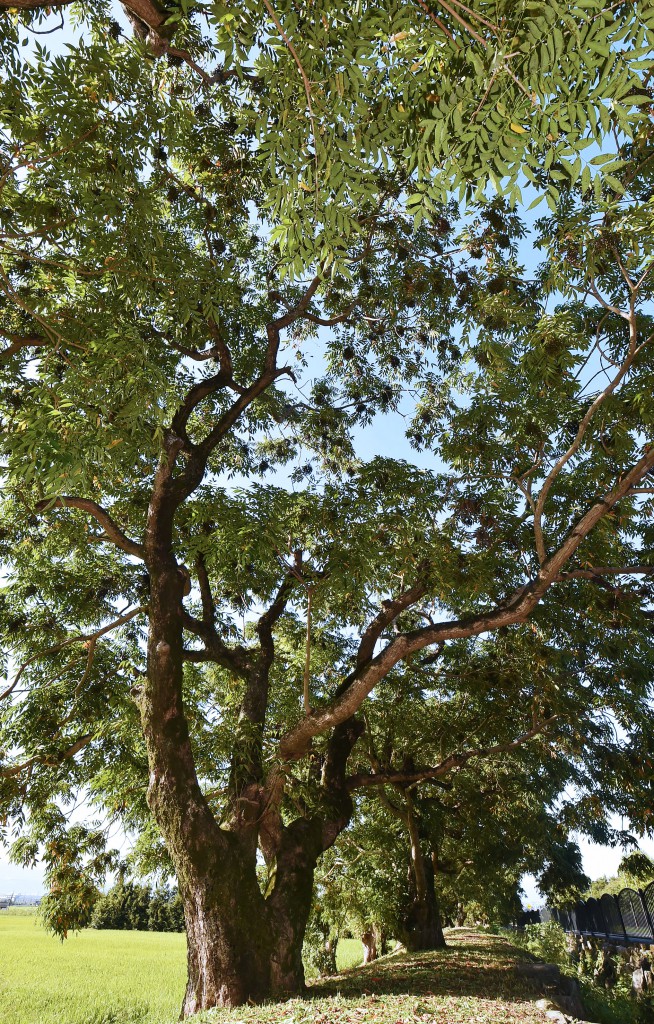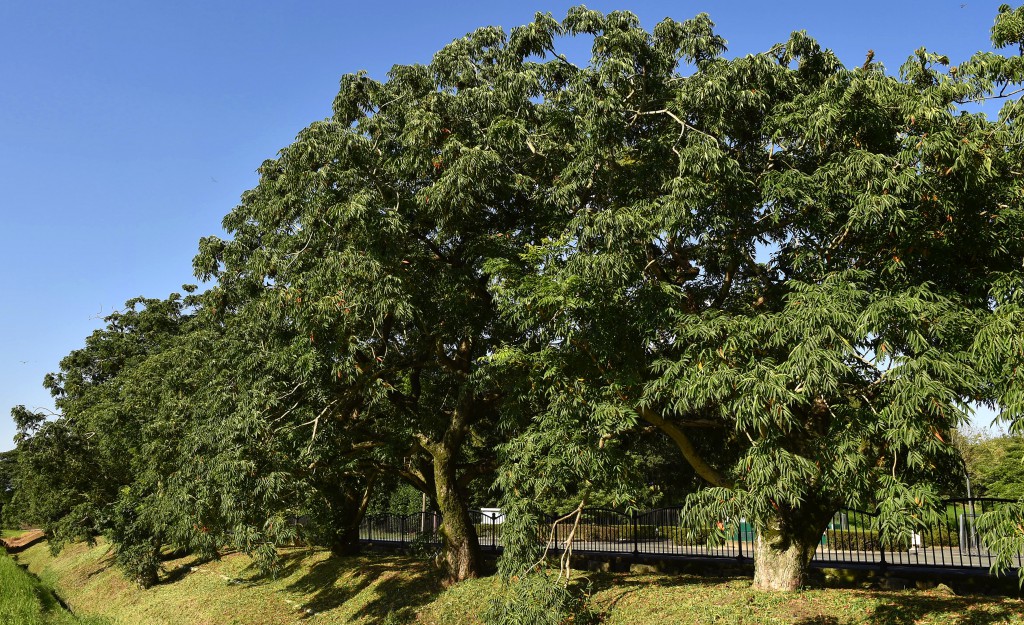
Japanese candles give big flickering light and very little smoke (in Kurume-shi, Fukuoka Prefecture)
Kotaro Yamada
Matsuyama-haze Restoration Committee (Kurume-shi, Fukuoka Prefecture)
In a town once known as a major grower of a Japanese wax tree called haze (Toxicodendron succedaneum), a citizens’ group is working hard to restore its indigenous species and candles made of the haze tree wax.
Founded in 2007 by a 51-year-old female citizen of Kurume, Mayumi Yano, the group Matsuyama-haze Restoration Committee focuses on restoring one particular type of haze called Matsuyama-haze that bears prime-quality fruit for obtaining mokuro (tree wax), which is raw material of warosoku (Japanese candles).
The committee offers several workshops to make people share and experience the life with warosoku. In September, it co-hosted a bring-your-own-food candlelight dinner at an old folk house in Kurume where approximately 40 people enjoyed sitting and eating in the flickering light of the traditional candles.
Yukihiro Yanase, 78, who takes care of the old private house said, “The candlelight of warosoku is soft and gentle. It was an interesting experience to be sitting in the candlelight, feeling how this old house was like before electric lights became common.”
The activities to preserve the haze culture have been supported by veteran candle-makers based in Fukuoka Prefecture as well. At present, Yano also has 10 people working with her to run the workshops to experience harvesting haze fruit, dyeing fabric using haze woodchips, etc. “I want many people to use warosoku and the dye goods in their daily lives,” said Yano.
In Fukuoka Prefecture, people started to grow haze during the Edo period and the number of the haze trees once reached 3.9 million in the Meiji era. Matsuyama-haze developed in Kurume-shi was known for bearing large fruit for obtaining high-quality tree wax.
However, due to a fall in demand for candles for lighting and a spread of petroleum wax candles, people started to cut down the trees. Today, the prefecture is said to have only 5,000 haze trees, only some haze streets and a small number of haze growers.
The committee is going to plant approximately 1,000 haze trees in the future. “We used to have haze trees elsewhere across this area. I want to restore them,” said Yano.






